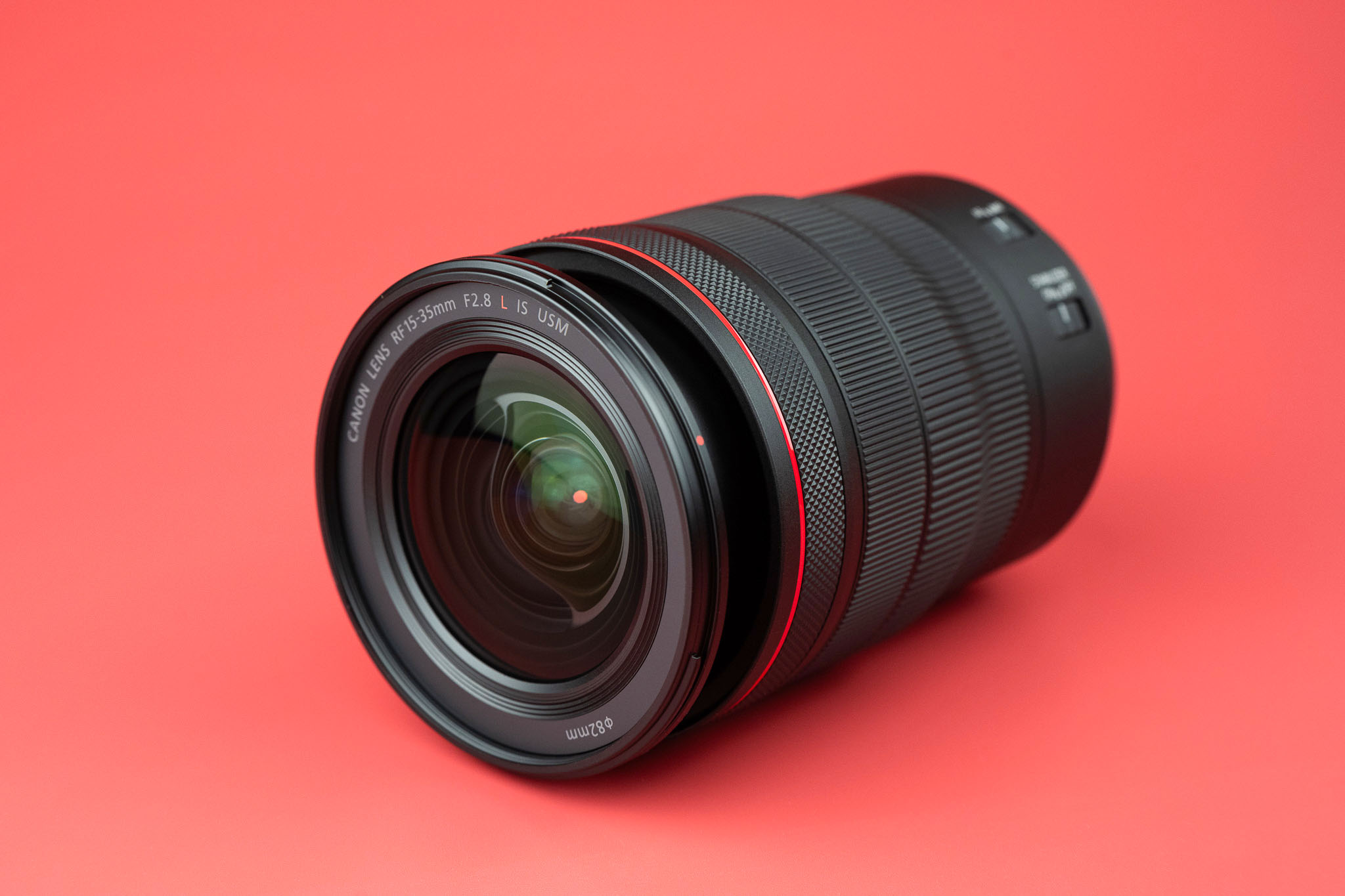Who speaks of hurt feelings? Trying to disqualify my point of view?Yeah... I totally said it's unusable for landscapes when I wrote "My biggest gripe about the lens is the horrible vignetting at the wide end; it's bad, really bad, and often leaves 15 mm unusable for landscape scenery with a lot of uniformity like grass fields, or shots with snow."
. I mean... what's a qualifier? Best to just apply the statement to everything like a nice cozy blanket.
I own the lens. It was literally my most shot lens in 2024. It has OVER 3 stops of vignetting in the corners on the wide end. That is massive when everyone else has an offering that is optically just as good (if not better) with better contrast, and MUCH MUCH less vignetting at similar to lower cost.
I'm sorry if that hurts your feelings, or makes you question the value of your purchase. Canon can do better.
You don't like this lens, I do, like many really qualified reviewers and pro users.
But if you know better...
Upvote
0




